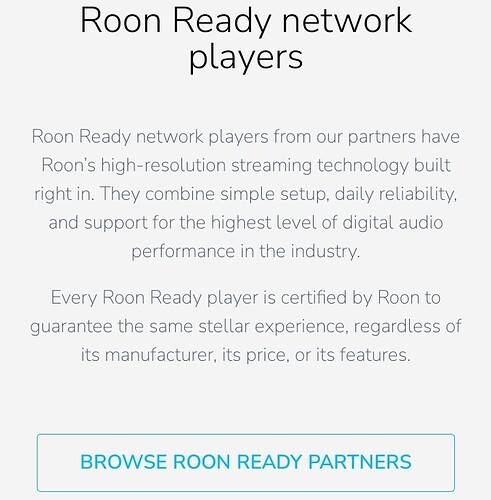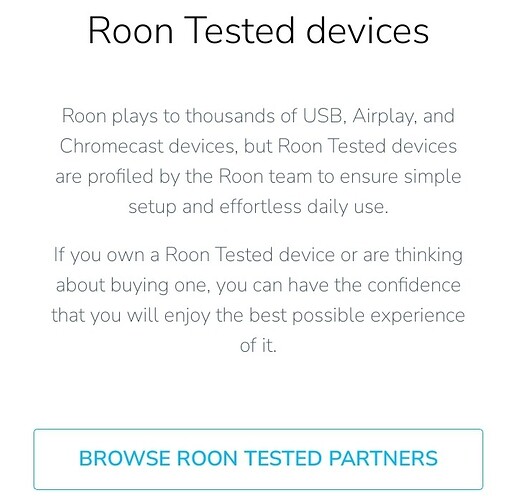Hi @scolley,
To answer your original question directly, Roon Ready functionality only extends to the networked streaming feature of the device.
If a device supports USB volume control (UAC 2 volume and/or USB HID volume), Roon will be able to control it by utilizing the OS’ audio device and HID drivers.
I took the time to write up a generalized overview of RAAT and how it relates to Local/USB playback versus Roon Ready devices. I hope it helps clear up some things:
RAAT is a protocol for getting lossless audio & related functions from point A to B over a network connection—with point A being the Roon Core audio engine and B being the endpoint device. The endpoint device runs a process that we’ll call RAAT-App. The RAAT-App takes the incoming stream from the Roon Core and forwards it to the desired audio device using the OS’ audio driver.
Roon Core --network–> RAAT-App --audio driver–> audio device
When the Roon Core is playing to a device running RAAT-App on the network, it sends the data over the LAN.
When the Roon Core itself has audio outputs it starts up RAAT-App in a separate process named “RAATServer”. The Roon Core then sends the data through the “localhost” loopback network interface (127.0.0.1) to the RAAT-App process.
RAAT-App knows how to accept RAAT audio streams, but it doesn’t know intrinsically how to do much else. It does not know how to output this data to an audio device. It does not know to forward volume commands.
RAAT-App relies on customizable plugins to interface with the OS’ drivers for audio output and other functionality.
The “RAATServer” process on Windows/Mac/Linux is simply our name for “RAAT-App” that includes plugins for WASAPI + ASIO on Windows, CoreAudio on macOS, and ALSA on Linux to enable playback to local audio devices. RAATServer also includes support for UAC 2 + USB HID volume controls on the aforementioned platforms.
The “RAAT-App” process running on a Roon Ready device includes plugins that are customized by the device manufacturer to optimally interface with the device and best leverage its capabilities. Roon Ready devices can include additional customized plugins to handle things like metadata, album artwork, and transport/playback controls.
-John

